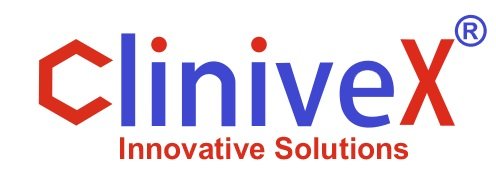The Beginner’s Guide to Analytical Reference Standards

In the world of pharmaceutical, chemical, and environmental testing, analytical standards form the backbone of precision and consistency. These meticulously characterized substances are essential for achieving repeatable, accurate, and globally comparable results across laboratories.
By serving as the benchmark for quality control and validation, analytical standards from an analytical reference standards supplier play a crucial role in safeguarding the safety, efficacy, and reliability of drugs, chemicals, and environmental products.
What are Analytical Standards?
Analytical standards are reference chemicals or substances used to calibrate instruments, validate processes, and confirm the reproducibility of analytical measurements. They typically serve as standards for purity, concentration, or composition, providing a reliable reference point for accurate analysis. They are very helpful in measuring the concentration of analytes in samples, calibrating detection equipment, and verifying the quality of analyses.
Analytical standards are available in two types:
- Primary Standards
Primary or high quality reference standards are ultra-pure products whose amount is known. They help in calibrating analytical instruments or manufacture calibration solutions.
- Secondary Standards
Another type is secondary standards, which are drugs calibrated to the primary standards and are employed in everyday analyses.
Types of Analytical Standards
Analytical standards are used in various ways depending on the type of analysis.
Pharmaceutical Standards
- Active pharmaceutical ingredients (APIs)
The APIs measure the identity, purity, and concentration of pharmaceutical ingredients.
- Impurity Standards
These are used to detect and monitor impurities in pharmaceutical products, ensuring compliance with safety and regulatory standards. Typically, they are used for stability and safety testing.
Environmental Standards
- Water Quality Standards
These standards are used to test water samples for contaminants, including heavy metals, pH levels, turbidity, and microbial counts.
- Air Quality Standards
These standards can also be used to measure air pollutants, including NOx, SOx, ozone, and particulate matter.
- Soil and Sediment Standards
This measures toxins in soil and sediment used in environmental remediation.
Chemical Standards
- Solvents and Reagents
Analytical standards are also used in the chemical industry to verify the purity and identity of solvents and reagents used in laboratory testing.
- Metal Standards
Used for calibration techniques like Atomic Absorption Spectroscopy (AAS), Inductively Coupled Plasma (ICP), and other trace metal analysis methods.
Biological Standards
- Microbial Standards
Microbial standards are used to test bacterial strains and other microorganisms for effectiveness against disinfectants, sterilization, or antimicrobial agents.
- Biological Activity Standards
They assess the biological functions of compounds, including enzyme and hormone activity.
Conclusion
Ultimately, analytical standards are regarded as the gold standard for ensuring that materials are accurately and consistently analyzed across all industries. From drug development to environmental testing, these protocols ensure reliable results. Therefore, laboratories should select and utilize them carefully to ensure compliance and proper validation.
 info@theclinivex.com
info@theclinivex.com  +1 (877)-861-1996
+1 (877)-861-1996 


